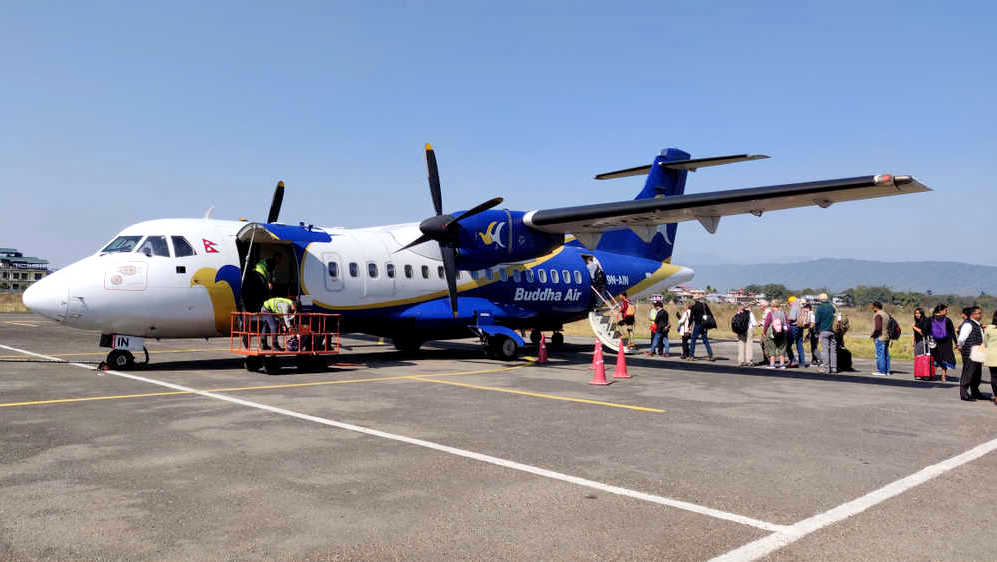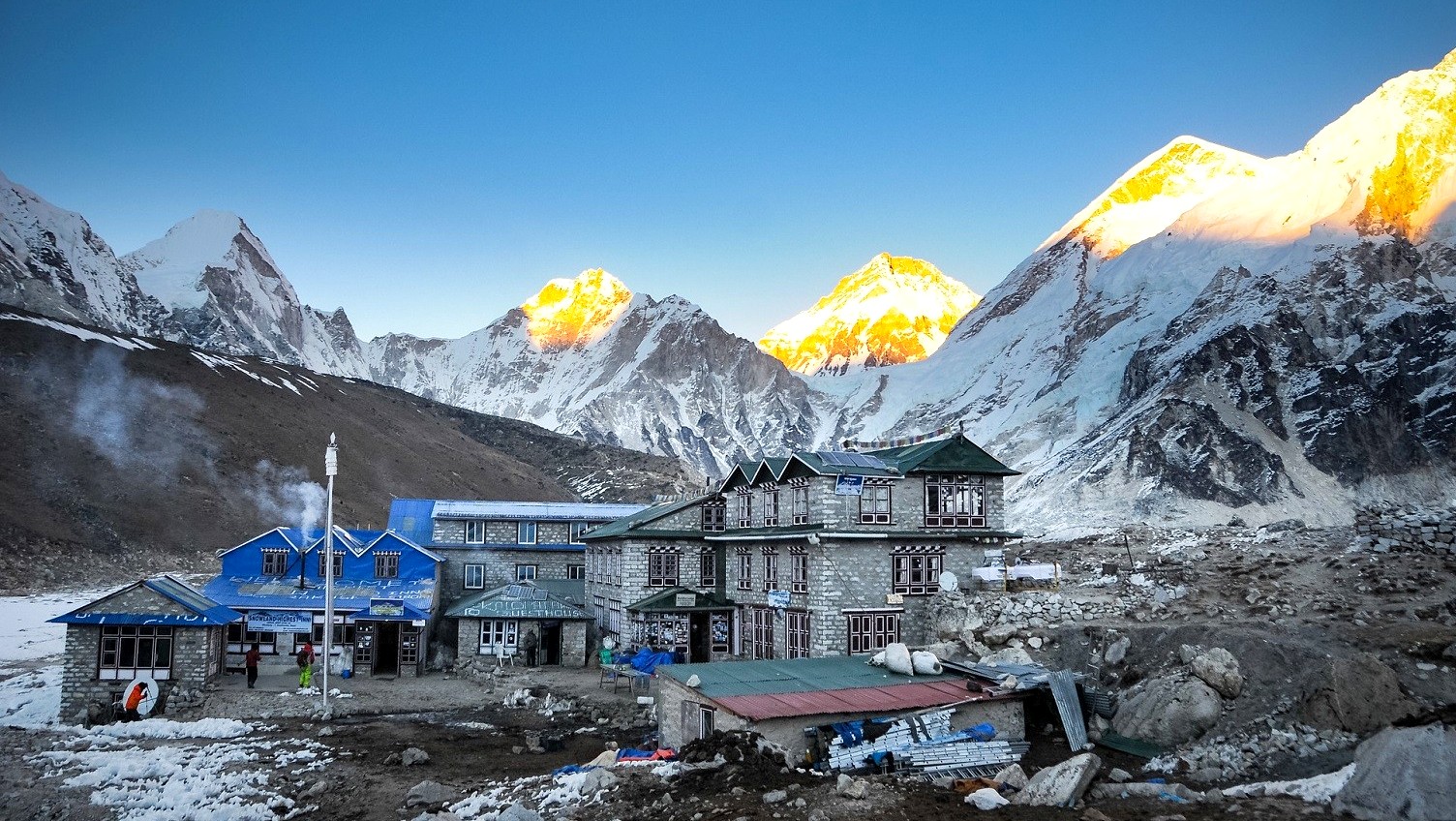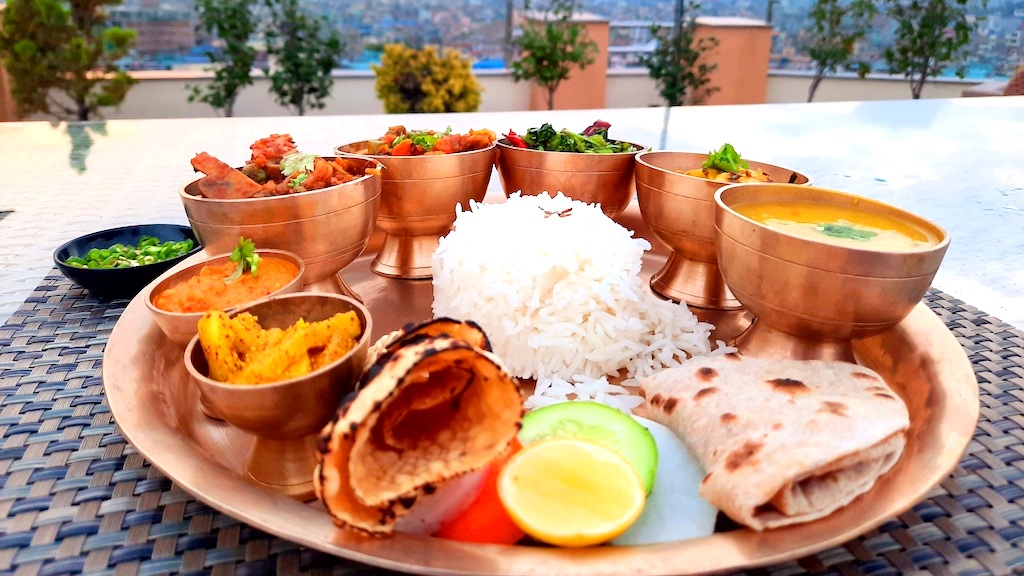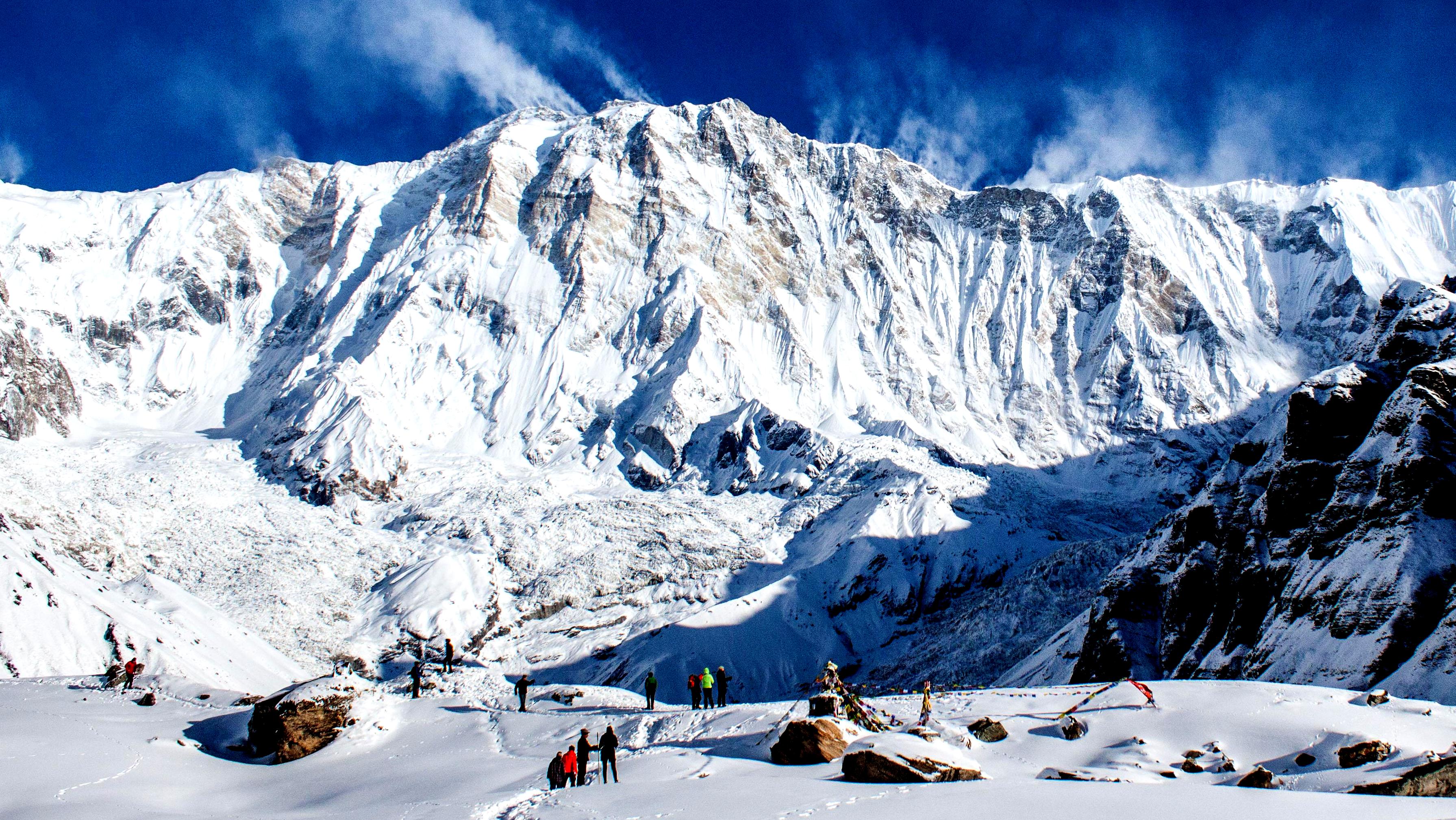- Nepal Visa Requirements
- Best Time to Visit Nepal
- Travel Safety Tips
- Cultural Etiquette and Norms
- Tourist Attractions and Highlights
- Transportation Options
- Accommodation Insights for First Timers
- Beginner-Friendly Trekking Information
- Health and Vaccination Advice
- Comprehensive Packing List
- FAQs: A Complete Information for First-Time Travelers in Nepal
Nepal, a hidden gem nestled in the heart of the Himalayas, offers an unparalleled blend of breathtaking natural beauty, rich cultural heritage, and spiritual serenity. As a first-time traveler to this enchanting country, you are about to embark on a journey that transcends mere sightseeing. The diverse landscapes, from towering peaks to lush valleys, provide a backdrop for an array of activities catering to adventurers, culture enthusiasts, and peace seekers alike. Navigating through Nepal can be both exhilarating and challenging, but with the right information and preparation, it becomes an enriching and life-changing experience. This comprehensive guide, brought to you by Luxury Holidays Nepal Pvt. Ltd., is designed to equip you with all the essential knowledge and tips. Whether it's understanding the visa requirements, identifying the best time to visit, learning about cultural etiquette, or knowing what to pack, this guide covers every aspect to ensure a smooth and memorable journey in the heart of the Himalayas.
We pride ourselves on being the premier choice for first-time travelers seeking a complete and enriching experience in Nepal. Our deep-rooted understanding of this magnificent country, combined with our commitment to exceptional service, sets us apart as the best company for guiding you through the wonders of Nepal. We have meticulously crafted our travel guides, itineraries, and services with the first-time visitor in mind, ensuring that every aspect of your journey is covered. From navigating visa processes to providing insider tips on local customs, our expertise is unmatched. Our team, made up of local experts and seasoned travelers, is dedicated to making your Nepalese adventure not just a trip, but a journey filled with learning, discovery, and unforgettable memories. Choose Luxury Holidays Nepal for an unparalleled introduction to the breathtaking landscapes, rich culture, and spiritual depth of Nepal, making your first visit truly extraordinary.
Nepal Visa Requirements
In the section titled "A Complete Information for First-Time Travelers in Nepal", the Nepal Visa Requirements for tourists are outlined comprehensively to ensure hassle-free entry for visitors. This part of the guide highlights several key points:
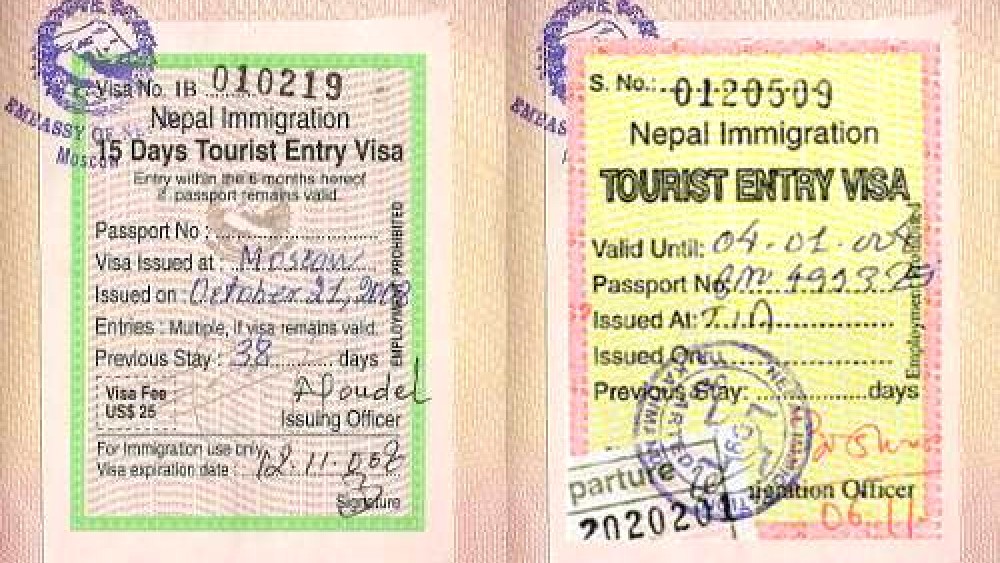
-
Visa Types and Eligibility: Understanding the different types of visas available for Nepal, such as tourist, business, and student visas. The guide specifies which nationalities are eligible for on-arrival visas and those who need to apply beforehand.
-
Visa on Arrival: Detailed instructions on how to obtain a visa upon arrival at entry points like Tribhuvan International Airport or land borders. This includes the documentation required, such as a valid passport and passport-sized photos.
-
Visa Fees and Duration: Information on the cost of various visas depending on the duration of the stay. The guide breaks down the fees for 15, 30, and 90-day visas and any possible extensions.
-
Online Application Process: Instructions on how to apply for a visa online through Nepal’s official Immigration website, including the steps to complete the application form and upload the necessary documents.
-
Payment Methods: Guidance on the acceptable methods of payment for visa fees, including cash and credit cards, and the currencies that are accepted.
-
Customs and Entry Regulations: An overview of what to expect at immigration, including customs regulations and any entry requirements specific to certain nationalities or circumstances.
-
Special Permits for Restricted Areas: Information about additional permits required for traveling in restricted areas of Nepal, such as certain trekking routes in remote regions.
-
Extension and Overstay: Details on how to extend a tourist visa if needed and the implications of overstaying the visa, including fines and legal actions.
By providing clear and detailed information on the Nepal Visa Requirements, the guide ensures that first-time travelers are well-prepared and informed about the necessary procedures for entering Nepal, contributing to a smooth start to their adventure in this diverse and culturally rich country.
Best Time to Visit Nepal
In "A Complete Information for First-Time Travelers in Nepal", the section on the Best Time to Visit Nepal is crucial for planning your trip. This part of the guide helps you understand the country's diverse climatic conditions and determine the most suitable time for your visit based on your interests and activities. Key aspects include:
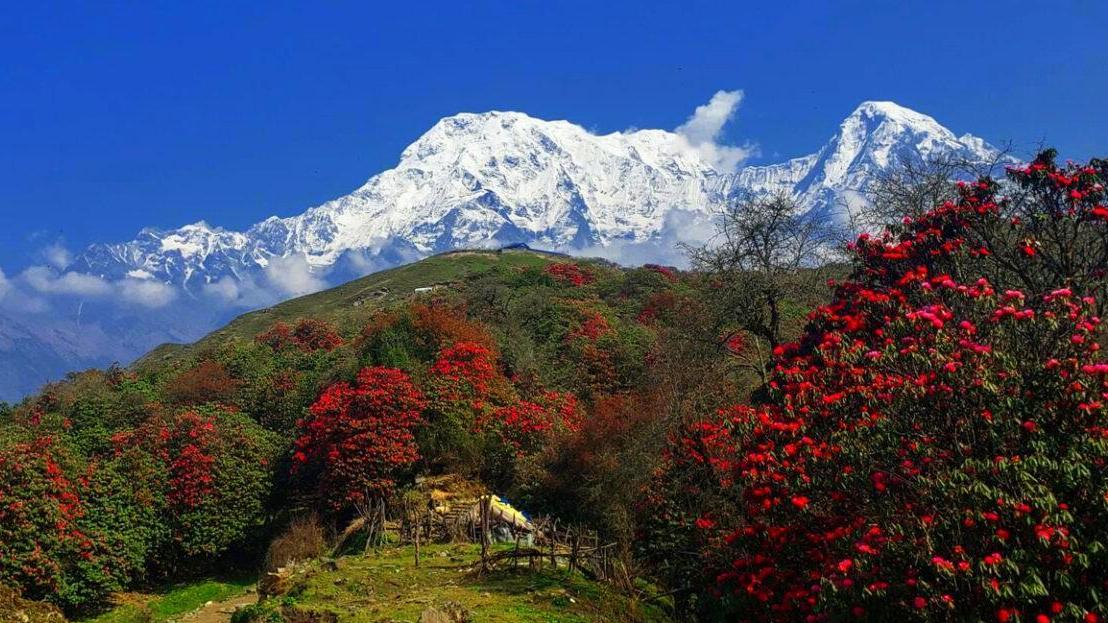
-
Understanding Nepal's Climate: Nepal's climate varies significantly depending on the altitude and region. The guide explains the country's three main seasons: pre-monsoon (spring), monsoon (summer), and post-monsoon (autumn and winter).
-
Spring (March to May): This season is ideal for trekking as the weather is warm and the skies are generally clear, offering spectacular views of the Himalayas. The spring months also see vibrant wildflowers, especially rhododendrons, in full bloom.
-
Summer/Monsoon (June to August): The monsoon season brings heavy rainfall, which can cause travel disruptions, especially in trekking routes. However, it's a great time for cultural exploration and witnessing the lush greenery of the lower hills and valleys.
-
Autumn (September to November): Considered the best time to visit Nepal, autumn offers clear skies and moderate temperatures, perfect for trekking and sightseeing. Major festivals like Dashain and Tihar fall during this season, adding cultural richness to your visit.
-
Winter (December to February): Winter is colder, especially in the Himalayas, but it's still a good time for trekking in lower-elevation areas. The skies are usually clear, and tourist destinations are less crowded.
-
Cultural and Festival Considerations: The guide highlights important festivals and cultural events throughout the year, which can be a significant attraction for visitors looking to experience Nepal's rich traditions.
-
Region-Specific Recommendations: Since Nepal's topography varies greatly, the guide offers tailored advice for different regions, such as the best time to visit the Terai plains, the hilly regions, and the high Himalayas.
-
Activity-Based Suggestions: Whether you're interested in trekking, wildlife safaris, cultural tours, or adventure sports, the guide provides month-by-month recommendations to help you plan your activities effectively.
By considering the Best Time to Visit Nepal based on this guide, travelers can optimize their experience, whether they're looking to embark on high-altitude treks, explore historic cities, or immerse themselves in local festivals and customs.
Travel Safety Tips
In "A Complete Information for First-Time Travelers in Nepal", the section on Travel Safety Tips is designed to ensure that visitors have a secure and enjoyable experience. Understanding and adhering to these safety guidelines is crucial, especially in a country with diverse terrains and cultural practices. The key areas covered include:
General Safety Precautions
- Stay informed about local news and weather conditions, especially if trekking or visiting remote areas.
- Avoid traveling alone in isolated areas. Always inform someone about your travel plans.
- Keep your valuables secure and be cautious in crowded places to avoid pickpocketing.
Health and Hygiene
- Drink only bottled or purified water to prevent waterborne diseases.
- Be cautious with street food. Opt for well-cooked meals and peelable fruits.
- Carry a basic first aid kit and know the location of nearby health facilities.
Altitude Sickness Awareness
- Understand the symptoms of altitude sickness, which can occur above 2,500 meters.
- Ascend gradually and acclimatize properly if trekking in high-altitude areas.
- Stay hydrated and avoid alcohol and smoking at high altitudes.
Traffic and Transportation Safety
- Exercise caution while crossing roads; traffic can be chaotic, and driving standards may differ from what you are used to.
Trekking Safely
- Always stick to marked trails and be aware of weather conditions.
- Ensure you have appropriate trekking insurance covering emergency evacuation.
Respecting Local Customs and Laws
- Familiarize yourself with local customs, traditions, and laws to avoid unintentional offense or legal issues.
- Dress modestly and behave respectfully, especially in religious or cultural sites.
Emergency Contacts and Assistance
- Keep a list of emergency contacts, including local authorities, and embassies.
- Know the basic emergency numbers in Nepal for police, ambulance, and fire services.
Natural Disaster Preparedness
- Be aware of the protocols in case of natural disasters like earthquakes or landslides, common in certain regions of Nepal.
By following these Travel Safety Tips, first-time travelers to Nepal can navigate the country more confidently and safely, ensuring a more enjoyable and stress-free journey. This comprehensive approach to travel safety is an essential part of the overall guidance provided in the guide.
Currency and Payment Methods Overview
"A Complete Information for First-Time Travelers in Nepal" provides an essential Currency and Payment Methods Overview to assist tourists in managing the financial aspects of their trip efficiently and without hassle. This section covers several important points:

- Local Currency: The official currency of Nepal is the Nepalese Rupee (NPR). Familiarize yourself with the different denominations of banknotes and coins.
- Currency Exchange: Upon arrival, you can exchange foreign currency at the airport, banks, or authorized exchange counters. It's recommended to keep the receipt of the currency exchange, as it may be required for reconversion of Rupees upon departure.
- ATMs and Cash Withdrawals: ATMs are widely available in major cities and towns. However, their presence diminishes in rural or remote areas. Most ATMs accept international credit and debit cards, but withdrawal limits and transaction fees may apply.
- Credit and Debit Card Usage: Major hotels, restaurants, and stores in urban areas accept credit and debit cards. However, it's less common in smaller establishments or rural areas. Be aware of potential card fraud and use your card only at reputable places.
- Cash Preference: Cash is the most widely accepted payment method, especially in smaller shops, local markets, and rural areas. Always carry a sufficient amount of cash when traveling outside major cities.
- Tipping: Tipping is not customary in Nepal, but it's appreciated for good service in the hospitality industry. In restaurants, a small tip of around 10% is appreciated if a service charge isn’t included in the bill.
- Budgeting: Prices in Nepal can vary greatly depending on the location and type of service. Budgeting your trip accordingly can enhance your travel experience.
- Emergency Funds: It's advisable to have access to emergency funds, either in the form of cash, traveler's cheques, or a reserve credit card, in case of unforeseen circumstances.
- Payment in Trekking Regions: In remote trekking areas, cash is the only means of payment. Ensure you have enough local currency before starting your trek, as there are no ATMs or card facilities.
Understanding these aspects of Currency and Payment Methods in Nepal is crucial for smooth financial transactions during your travel. It helps in better planning your expenditures and avoiding any inconvenience related to payments while you enjoy your journey in Nepal.
Cultural Etiquette and Norms
In "A Complete Information for First-Time Travelers in Nepal," the section on Cultural Etiquette and Norms plays a significant role in helping visitors understand and respect the local customs and practices. This understanding is crucial for a harmonious and respectful interaction with the Nepalese people. Key points include:
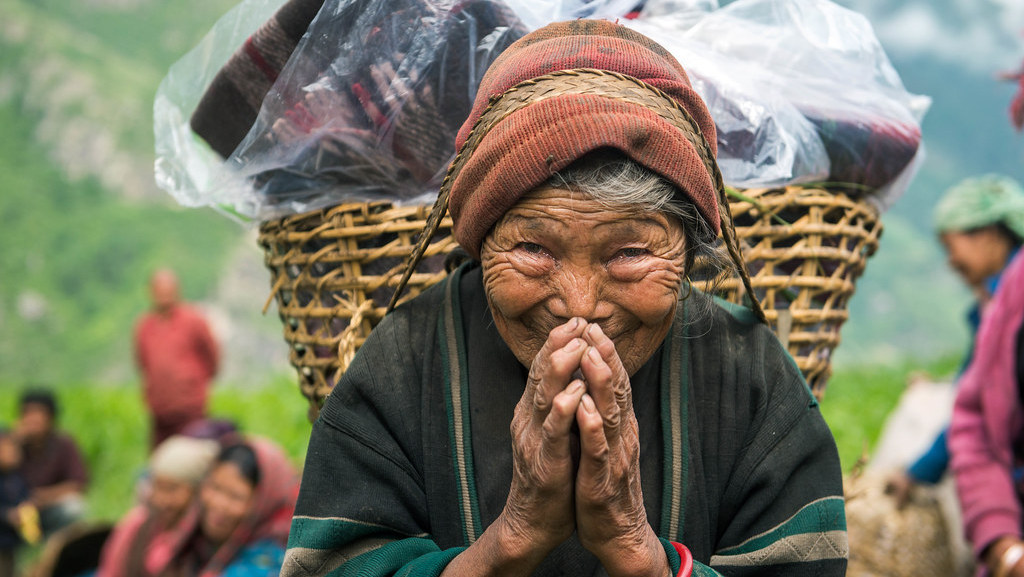
- Greetings: In Nepal, the traditional greeting is "Namaste," accompanied by a slight bow and palms pressed together at chest level. It's a sign of respect and is widely appreciated by locals.
- Dress Code: Dress modestly, especially when visiting religious sites. Shoulders and knees should be covered as a sign of respect. It's also advisable to remove shoes before entering someone's home or a place of worship.
- Temple Etiquette: At Hindu temples, always walk clockwise around shrines. Photography inside temples may be restricted, and some temples may not permit non-Hindus to enter certain areas.
- Eating and Dining Customs: Use your right hand for eating and passing items to others. The left hand is considered unclean. It's considered impolite to touch someone else's food or to eat from someone else’s plate. In traditional settings, once a plate is touched with someone's lips, it's considered 'jutho' (impure).
- Social Interactions: Physical displays of affection in public are frowned upon. It's respectful to give and receive items with the right hand. Pointing feet at people or sacred objects is considered disrespectful.
- Photography: Always ask for permission before taking photos of people, especially in rural areas. Some individuals may not feel comfortable being photographed.
- Environmental Sensitivity: Be mindful of your environmental impact. Avoid littering and respect wildlife and natural landscapes.
- Spiritual Practices: Show respect for Nepal’s diverse spiritual practices, including Buddhism and Hinduism. Avoid interrupting ceremonies or prayer sessions.
- Local Laws and Regulations: Abide by local laws and regulations. Drug offenses, for example, are taken very seriously in Nepal.
By adhering to these Cultural Etiquette and Norms, travelers can ensure that their interactions with the people and places of Nepal are respectful and enriching. This understanding fosters a deeper appreciation for the country’s rich cultural heritage and ensures a more authentic and enjoyable travel experience.
Tourist Attractions and Highlights
In "A Complete Information for First-Time Travelers in Nepal," the section on Tourist Attractions and Highlights provides an insightful overview of Nepal's most captivating destinations and experiences. This guide aims to help travelers discover the rich tapestry of cultural, historical, and natural attractions that Nepal offers. Essential highlights include:

-
Kathmandu Valley: Home to the capital city, Kathmandu Valley is a cultural hub, boasting ancient temples, palaces, and UNESCO World Heritage Sites like Kathmandu Durbar Square, Swayambhunath (Monkey Temple), Pashupatinath Temple, and the cities of Patan and Bhaktapur.
-
Pokhara: Known for its serene lakes and stunning panoramic views of the Annapurna range. Highlights include Phewa Lake, the World Peace Pagoda, and adventure activities like paragliding and boating.
-
Chitwan National Park: One of Nepal's most popular destinations for wildlife viewing, offering the chance to see rhinos, tigers, elephants, and various bird species. Activities include jungle safaris, canoe rides, and cultural tours.
-
Lumbini: The birthplace of Lord Buddha, Lumbini is a significant pilgrimage site with monasteries, a sacred Bodhi tree, and the Mayadevi Temple marking the exact birth spot.
- Adventure Sports: Nepal offers thrilling adventure sports, including white-water rafting, bungee jumping, and mountain biking, especially around Pokhara and the Bhote Koshi River.
-
Nagarkot: Known for its sunrise and sunset views of the Himalayas. It's a peaceful retreat near Kathmandu, ideal for short hikes and relaxation.
-
Bandipur: A picturesque hilltop town offering a glimpse of traditional Nepalese life, with well-preserved culture, architecture, and magnificent views of the Himalayan range.
-
Cultural Festivals: Experiencing festivals like Dashain, Tihar, and Holi provides insights into Nepal's rich cultural tapestry.
-
Historical and Religious Sites: Nepal is dotted with numerous monasteries, temples, and historical sites, reflecting a blend of Hindu and Buddhist traditions.
-
Thamel: A tourist hotspot in Kathmandu, known for its vibrant nightlife, shopping, and dining experiences, catering to travelers from around the world.
This section on Tourist Attractions and Highlights serves as a perfect starting point for travelers to plan their itinerary, ensuring a well-rounded experience of Nepal's natural beauty, cultural richness, and historical depth.
Transportation Options
The "A Complete Information for First-Time Travelers in Nepal" includes a comprehensive overview of Transportation Options in Nepal. This section is designed to help travelers navigate the various modes of transport available, ensuring a smooth and enjoyable journey across the country. Key aspects include:
